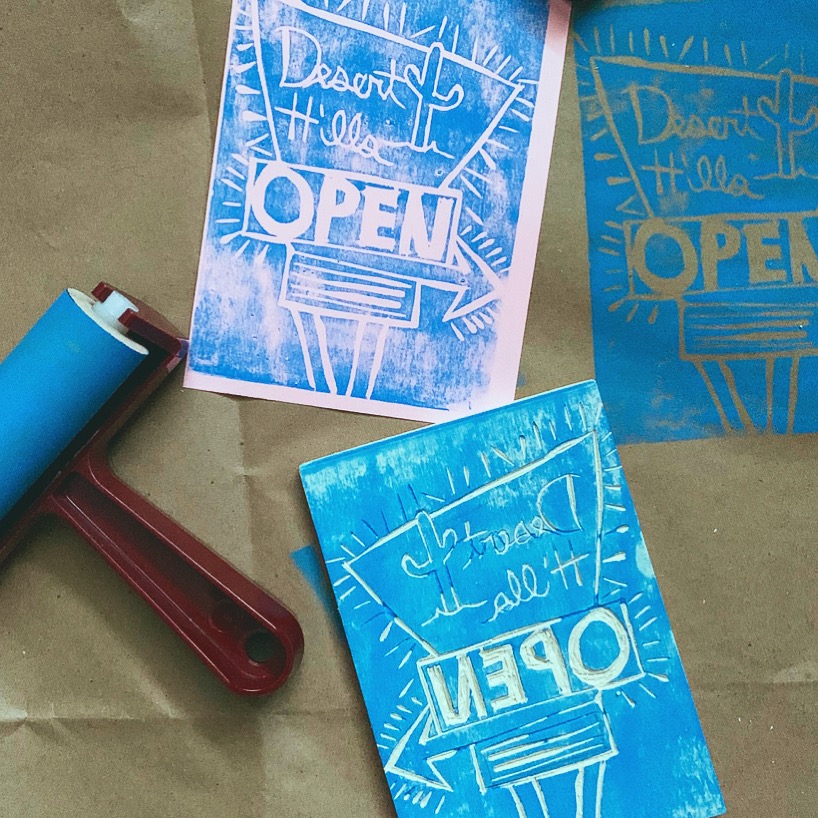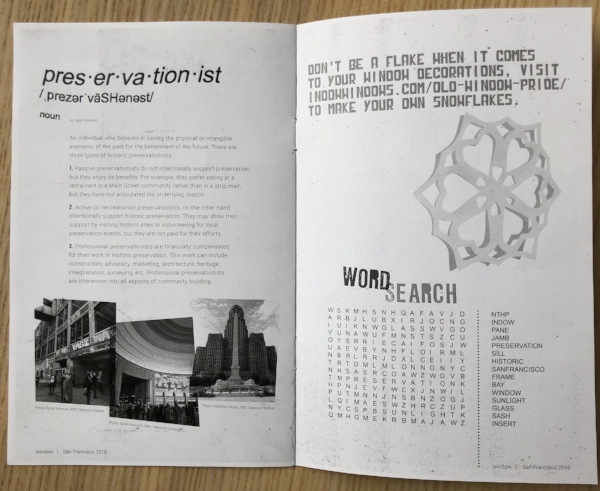For the 2nd year in a row, I had the pleasure of working with Indow to produce a preservation themed zine. We encouraged people to submit photos, poetry, personal narratives, or any other artistic representation inspired by the warm glow of windows and neon.
I decided to pay homage to my favorite neighborhood bar with an illustration and a warning. While Lisska is described as a bar on the neon sign, it has evolved into primarily a breakfast diner. The neon sign has fooled me more times than I would like to admit, so head this warning!
To read the full Window Zine #2 click this link. You will love learning about the variety of ways people connect to the past.
The Window Zine partnership is an extension of Indow’s support of young preservationists* and I look forward to working with them in 2020 to produce an even bigger zine (stay tuned for our call for contributions).
Click here to read Window Zine #1 and learn how I define historic preservation.
*Indow has been the presenting sponsor of the young preservationist gathering I host at PastForward, the annual National Trust for Historic Preservation conference, for the past 3-years.
































